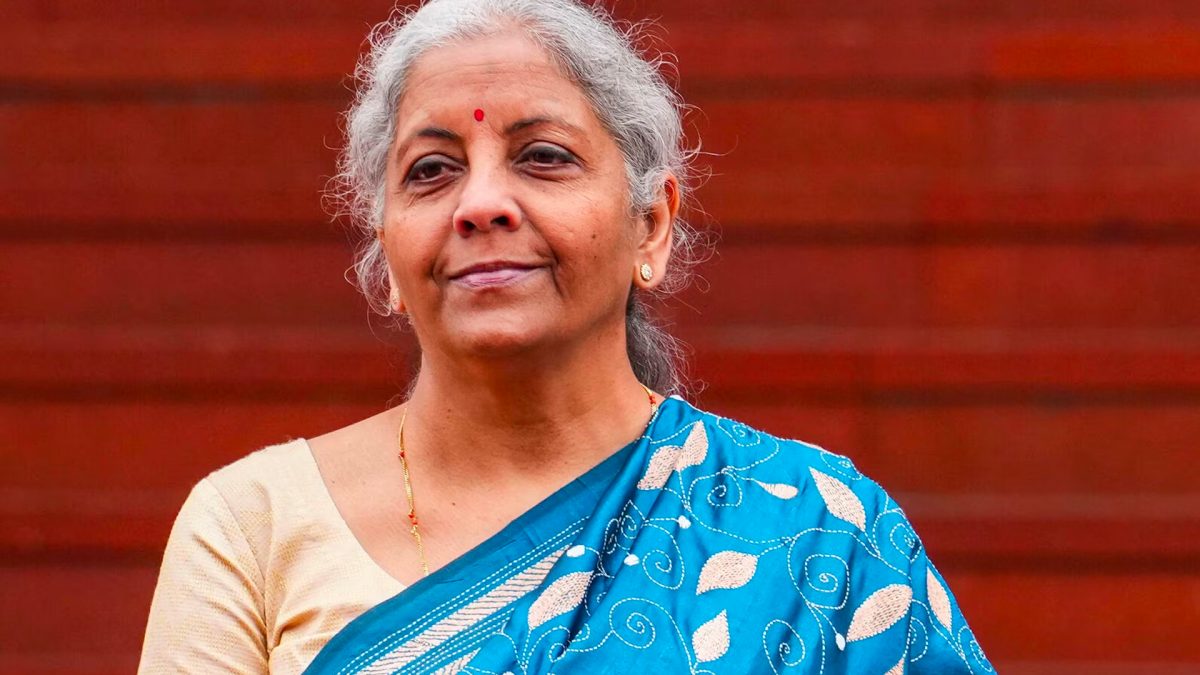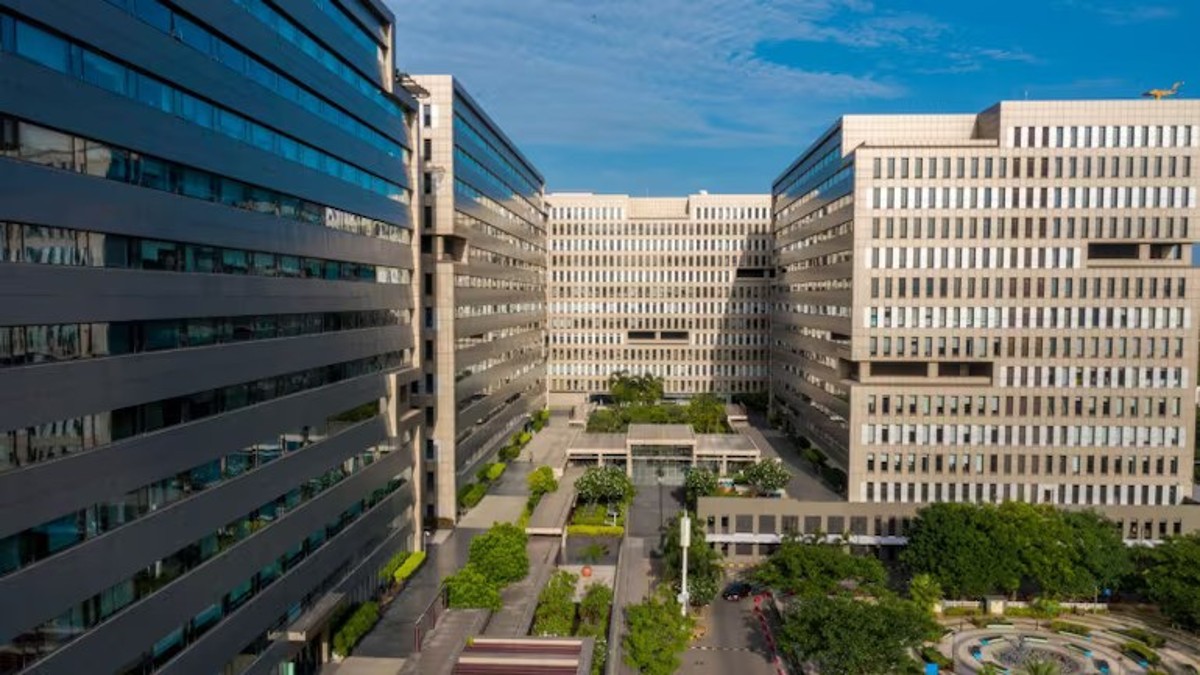R Jagannathan
How good is the good news on inflation?
Wholesale price inflation (WPI) for April 2013 is below 5 percent (4.9 percent), and consumer price inflation (CPI) below double-digits. Both numbers are raising hopes among finance ministry officials. They now believe that Reserve Bank of India (RBI) Governor D Subbarao should have fewer reasons to deny more aggressive rate cuts starting June, and thus help revive growth.
While Business Standard quotes Economic Affairs Secretary Arvind Mayaram as saying that the RBI should take the new numbers into consideration for further rate cuts, the Prime Minister’s Economic Advisory Council Chairman C Rangarajan seems to think that we need to watch inflation data for one more month to be sure of the indices’ direction.
Rangarajan’s caution is more warranted than early optimism on prices. For several reasons.
First, this is the base effect at work . The April 2013 WPI looks good because April 2012 was much higher. In the second half of 2013, when the base effect wears off, the WPI could remain high.
Second, WPI even in April is likely to be higher than 5 percent, the RBI’s so-called comfort level. Evidence: the February provisional WPI, put at 6.84 percent, has been revised upward to 7.28 percent. This could happen with April WPI too.
Third, inflationary expectations are dependent on the CPI - the inflation that bites you and me - and not WPI. CPI is still at a high 9.4 percent.
Fourth, the April CPI was suppressed as the scheduled diesel price increase was postponed due to the Karnataka election. This month, the raise has been doubled - to more than Re 1 a litre. This will reflect in the May WPI as diesel has a high weight in the index.
Fifth, even at current CPI levels, savers do not get a positive return on savings. The virtuous cycle of rising savings and investment will not happen if savers do not save enough.
Sixth, banks are anyway not going to lower rates when cash is so tight. The RBI’s overnight window is still receiving bids for nearly Rs 1,10,000 crore from banks short of resources.
Seventh, we don’t yet know if election year spending will give another fillip to prices. Or if the rupee will maintain its perch against the dollar below Rs 55. We have to keep our fingers crossed on both fronts.
We will know if inflation has been killed for good only after we get to the end of 2013.
An allied question is who should take the credit for the WPI’s fall so far?
Certainly not the finance ministry or the government. The fall in inflation reflects lower commodity prices and slowing growth which have nothing to do with government action.
However, government inaction can claim dubious credit: the policy paralysis of 2011-12, which was corrected only in the second half of 2012 after the exit of Pranab Mukherjee, was what killed the growth story.
And when growth is killed, inflation begins to die slowly anyway.
The big question is whether high interest rates had a role to play in inflation’s falling trajectory. The evidence is uncertain, for interest rates impact growth only indirectly. On the contrary, the revival in exports over the last four months and the positive Index of Industrial Production number in March show that there are green shoots of recovery despite high rates.
What is more likely is that the RBI’s reluctance to lower rates quickly - despite pressure from Finance Minister P Chidambaram and his predecessor - forced the government to start doing something about subsidies and reforms. This is what may be reviving some degree of business optimism - which the markets are reflecting.
The prescription for Dr Subbarao thus is: don’t ease up too soon. The pressure on the government needs to be maintained till it does more to revive business sentiment.
In 2010, the RBI failed to raise rates when inflation was soaring; in 2012, the RBI brought down interest rates merely on Pranab Mukherjee’s promise (unkept) of cutting subsidies.
This time Subbarao has to wait to see if inflation is really gone and the back of inflationary expectations broken before beginning aggressive rate cutting.


)




)
)
)
)
)
)
)
)